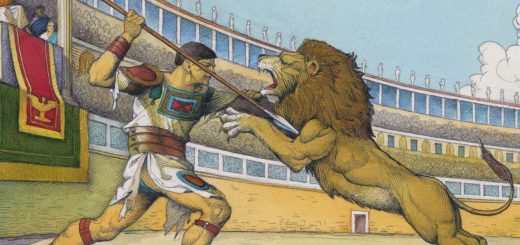‘Hybrid’ skull may have been a child of Neanderthal and Homo sapiens
The skull of a 5-year-old girl who lived 140,000 years ago has similarities with modern Homo sapiens and Neanderthals, suggesting her parents might have belonged to different species
By Taylor Mitchell Brown
7 July 2025
The cranium of a girl thought to be the offspring of Neanderthal and Homo sapiens parents
Israel Hershkovitz
A 140,000-year-old hominin skull from Israel probably belonged to a hybrid child of Neanderthal and Homo sapiens parents, according to an analysis of its anatomy. The 5-year-old girl was buried within the earliest known cemetery, possibly reshaping what we know about the first organised burials and the humans behind them.
The skull was originally unearthed from Skhul Cave on Mount Carmel in 1929. In total, these early excavations uncovered seven adults, three children and an assortment of bones that belonged to 16 hominins – all later assigned to Homo sapiens.
Read more
A cave in France is revealing how the Neanderthals died out
The classification of the child’s skull, however, has been contested for nearly a century, partly because the jaw looks dissimilar to typical Homo sapiens mandibles. Original work hypothesised that it belonged to a transitional hominin called Paleoanthropus palestinensis, but later research concluded it most likely belonged to Homo sapiens.
Anne Dambricourt Malassé at the Institute of Human Paleontology in France and her colleagues have now used CT scanning on the skull and compared it with other known Neanderthal children.
“This study is maybe the first that has put the Skhul child’s remains on a scientific basis,” says John Hawks at the University of Wisconsin-Madison, who wasn’t involved in the new research. “The old reconstruction and associated work, literally set in plaster, did not really enable anyone to compare this child with a broader array of recent children to understand its biology.”


